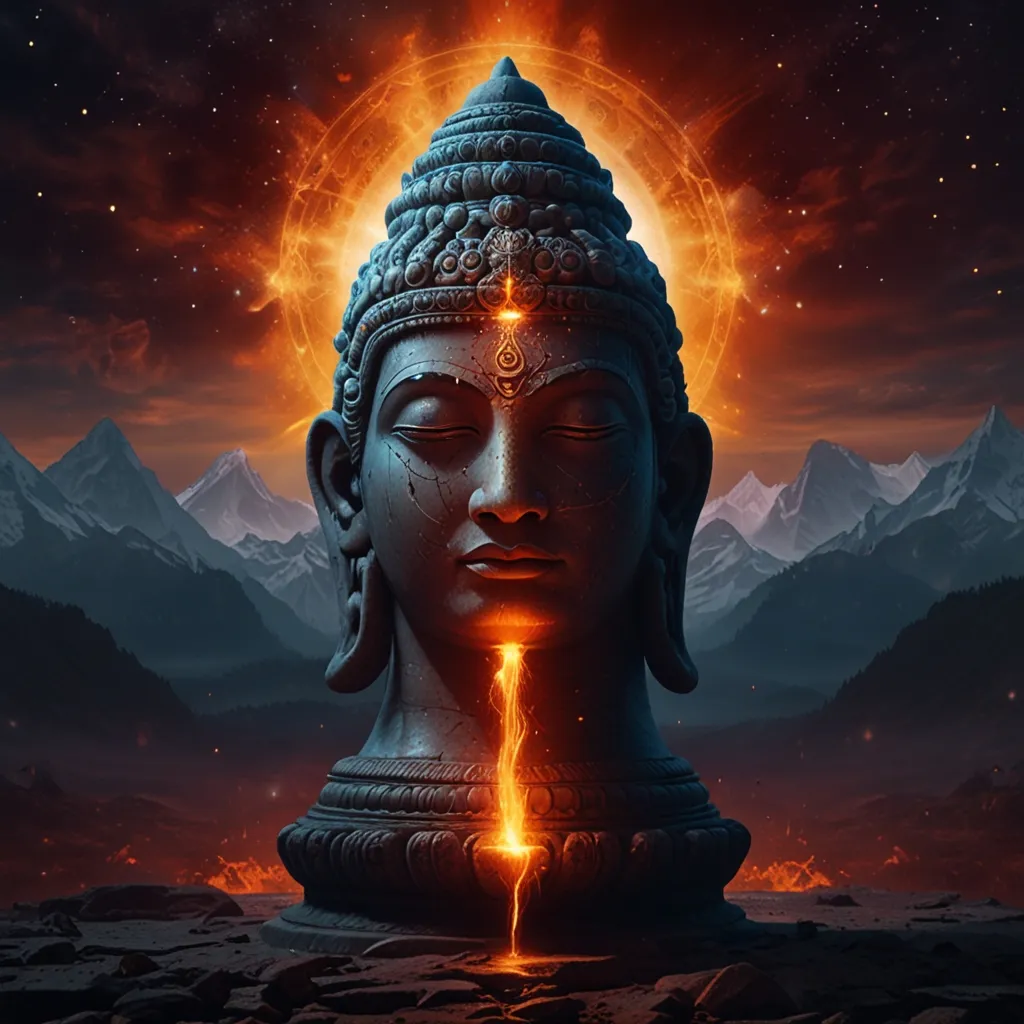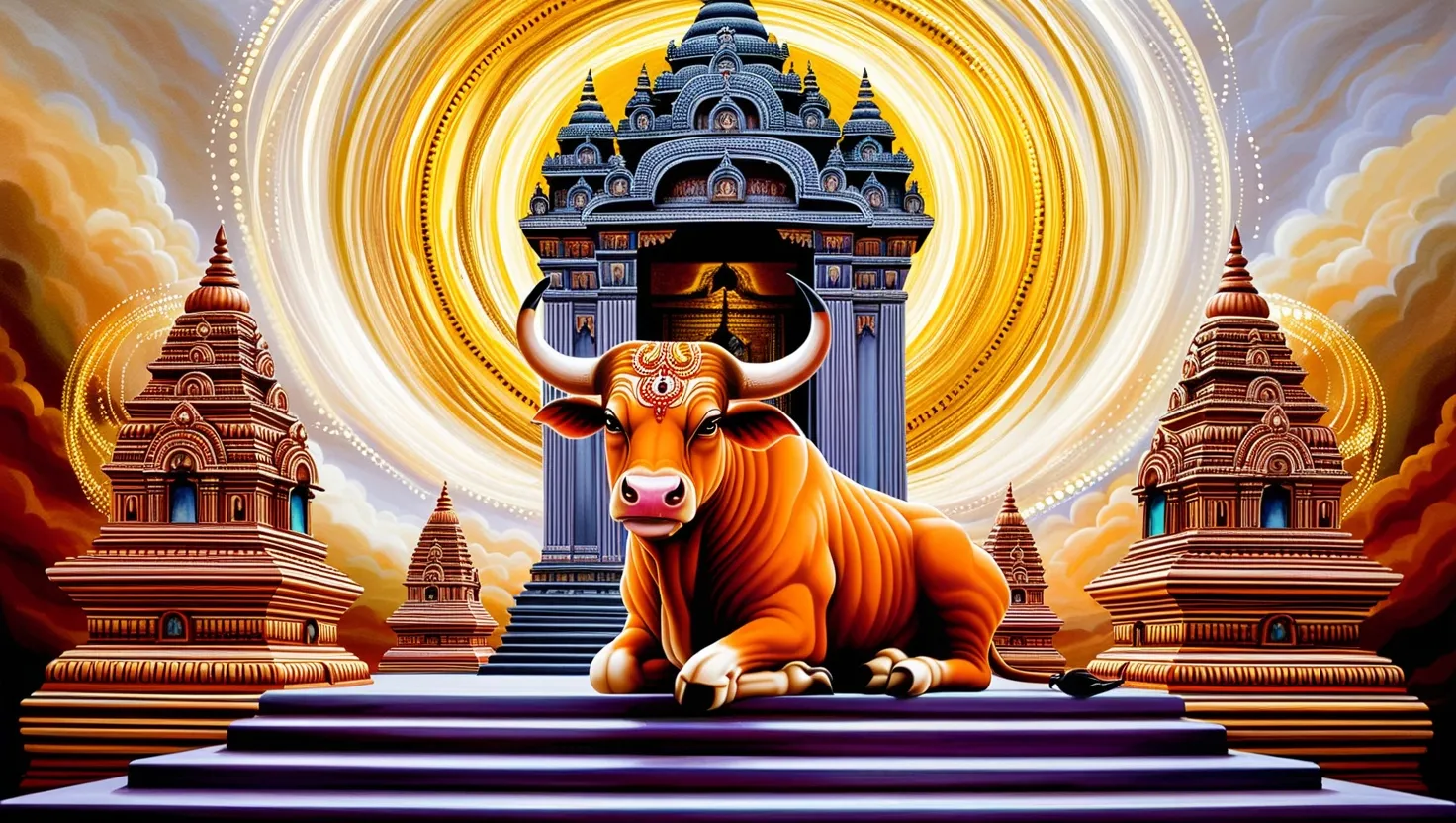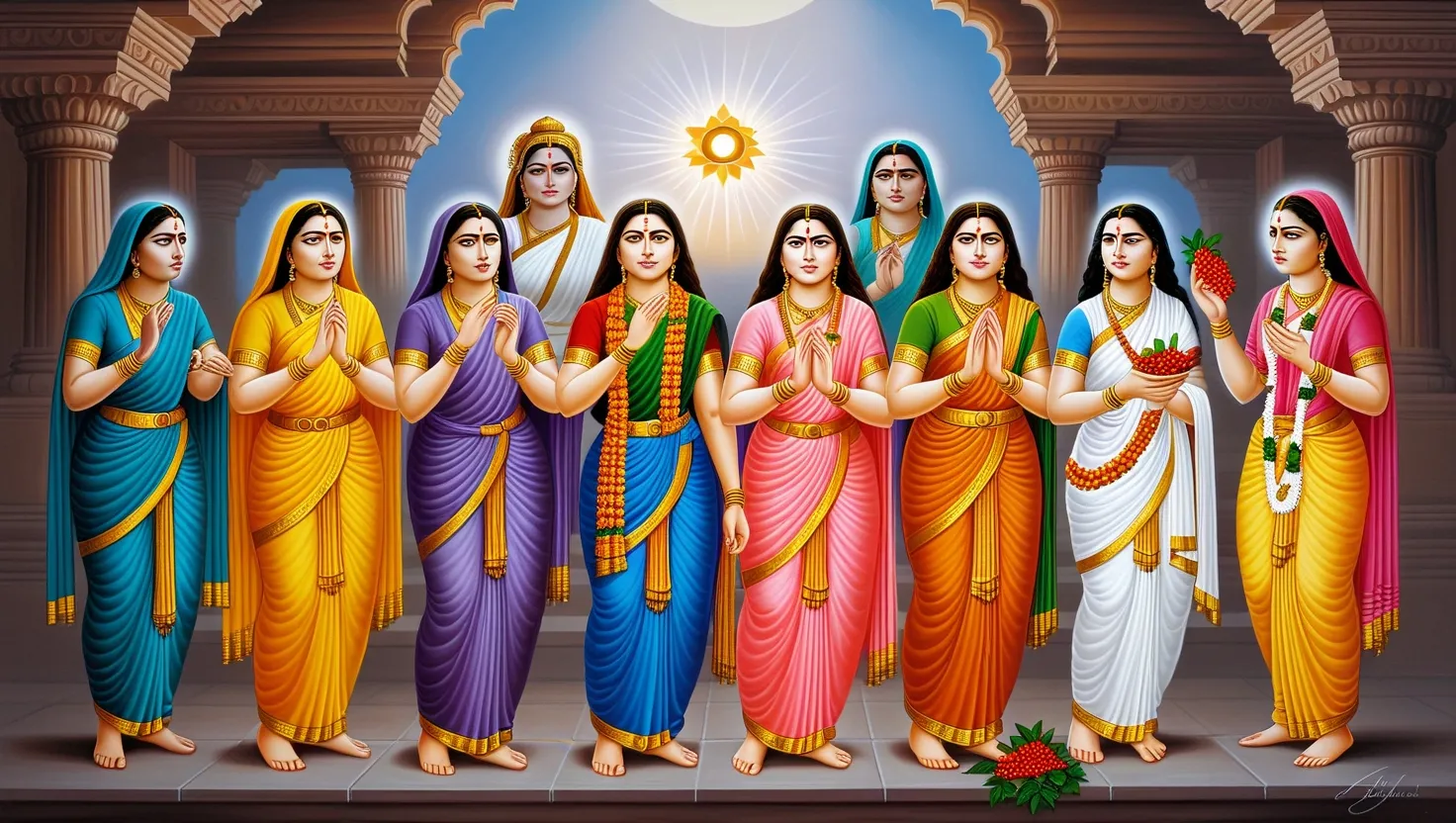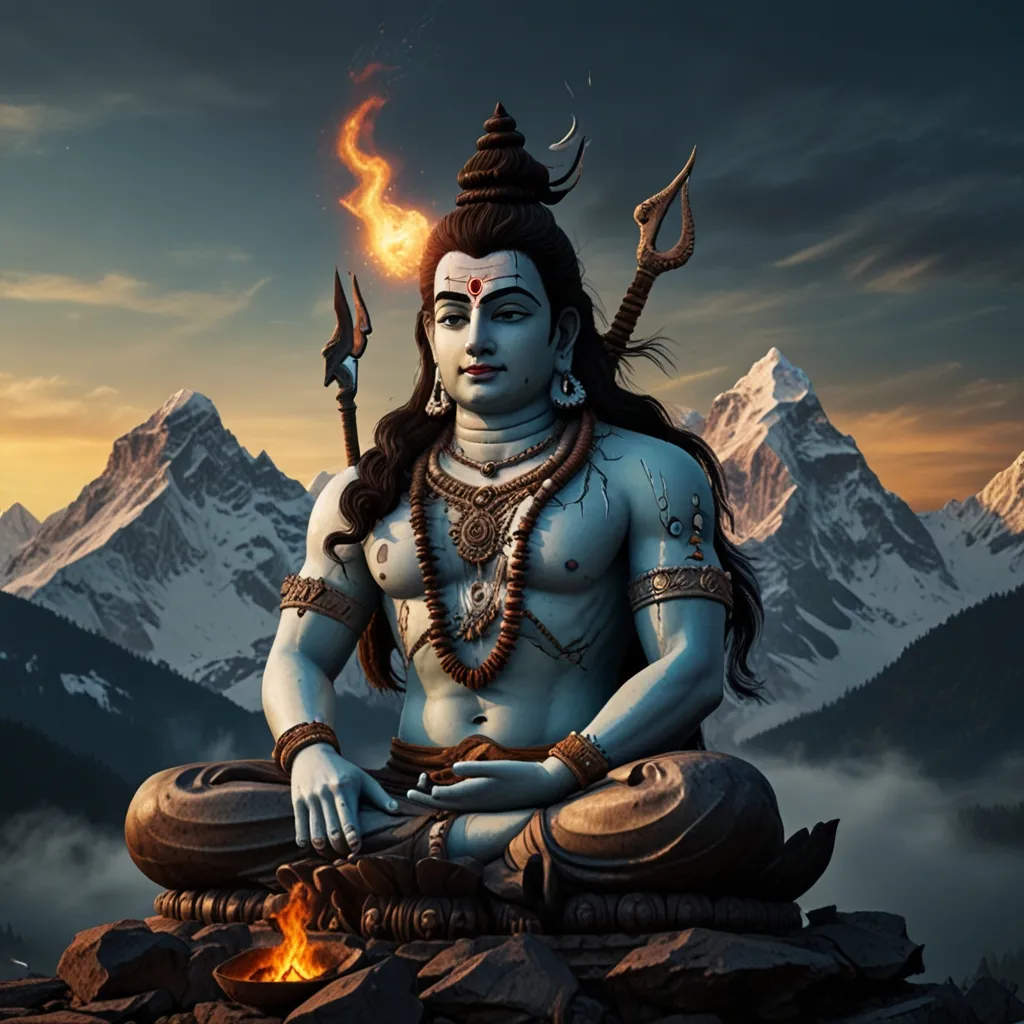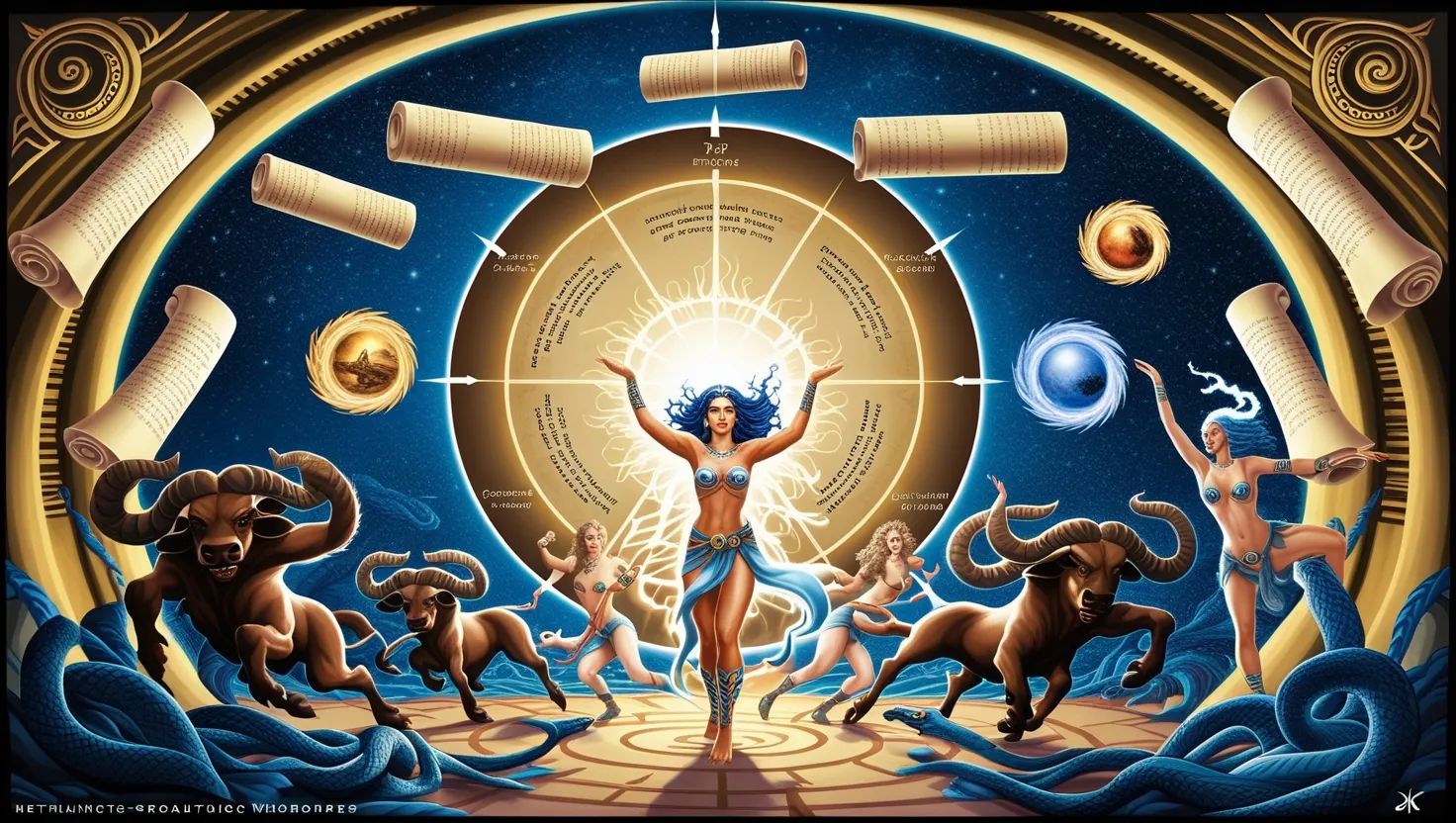The Linga Purana, one of the eighteen major Puranas in Hindu scriptures, highlights the enduring legacy of Lord Shiva. This ancient text dives deep into the universe’s mysteries, showcasing the essence of Shiva and the significance of the Linga, his iconic symbol.
The Linga Purana is a blend of cosmology, mythology, geography, and ethical teachings. It narrates the creation of the universe and the origins of the Linga, alongside engaging stories of various deities like Vishnu and Brahma. Split into two parts—the Purva-bhaga (older part) and the Uttara-bhaga (later part)—this text explores different facets of Hindu philosophy and mythology across numerous chapters.
One captivating tale in the Linga Purana details the story of creation. After a great deluge, a fiery Shivalinga emerged, birthing all the Vedas and scriptures. This Linga became the source of all creation, including the three primary deities: Brahma (the creator), Vishnu (the preserver), and Shiva (the destroyer). These deities are seen as manifestations of the Supreme Being, each symbolizing different natural qualities—Rajas, Sattva, and Tamas.
The Linga Purana also dives into the mythology of Shiva, recounting tales of his avatars and exploits. One popular story is the marriage of Lord Shiva to Parvati, symbolizing the cosmic dance of creation and destruction. Another tale tells of Kamadeva (the god of love) being burned by Shiva, illustrating the triumph of spiritual discipline over worldly desires.
Beyond myths, the Linga Purana is a guide for spiritual seekers. It offers detailed instructions on worshiping the Shiva Linga, emphasizing rituals and mantras. The Linga is portrayed as a symbol of the formless, infinite Shiva, who manifests in the world through various elements and senses. This worship helps devotees connect with Shiva’s divine essence, transcending material illusions.
The text also provides geographic insights and guides readers on pilgrimages to sacred sites (Tirthas). It details the significance of various worship places and the rituals performed there, highlighting the role of pilgrimage in Hindu tradition. These pilgrimages are believed to hold spiritual power, aiding deeper connections with the divine.
The Linga Purana further explores Yoga, outlining its benefits and practices. It discusses different types of Yoga, such as Hatha Yoga and Raja Yoga, and their role in achieving spiritual enlightenment. The text underscores the importance of a balanced life, merging physical discipline with mental and spiritual practices to reach ultimate liberation.
Cosmological narratives in the Linga Purana captivate readers with descriptions of creation and destruction cycles, detailing various epochs (Kalpas) and their events. These stories remind us of the transient nature of the world and the eternal essence of the divine.
In essence, the Linga Purana is a rich tapestry of stories, teachings, and rituals, offering a path to spiritual understanding. It stands as a testament to the enduring power of Hindu mythology and philosophy, providing insights into the universe’s nature and the human condition. Whether you’re a knowledge seeker or a Shiva devotee, the Linga Purana invites you to delve into Hinduism’s depths and uncover the cosmos’ mysteries.
